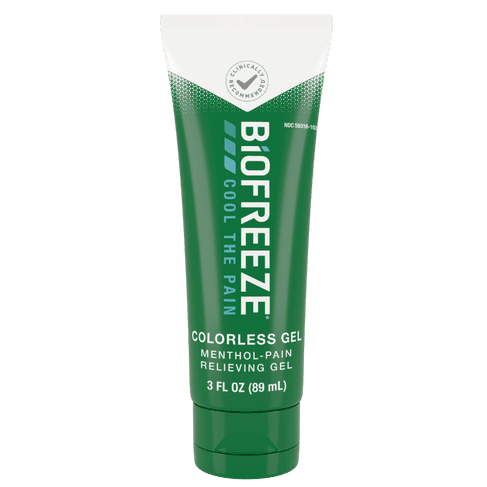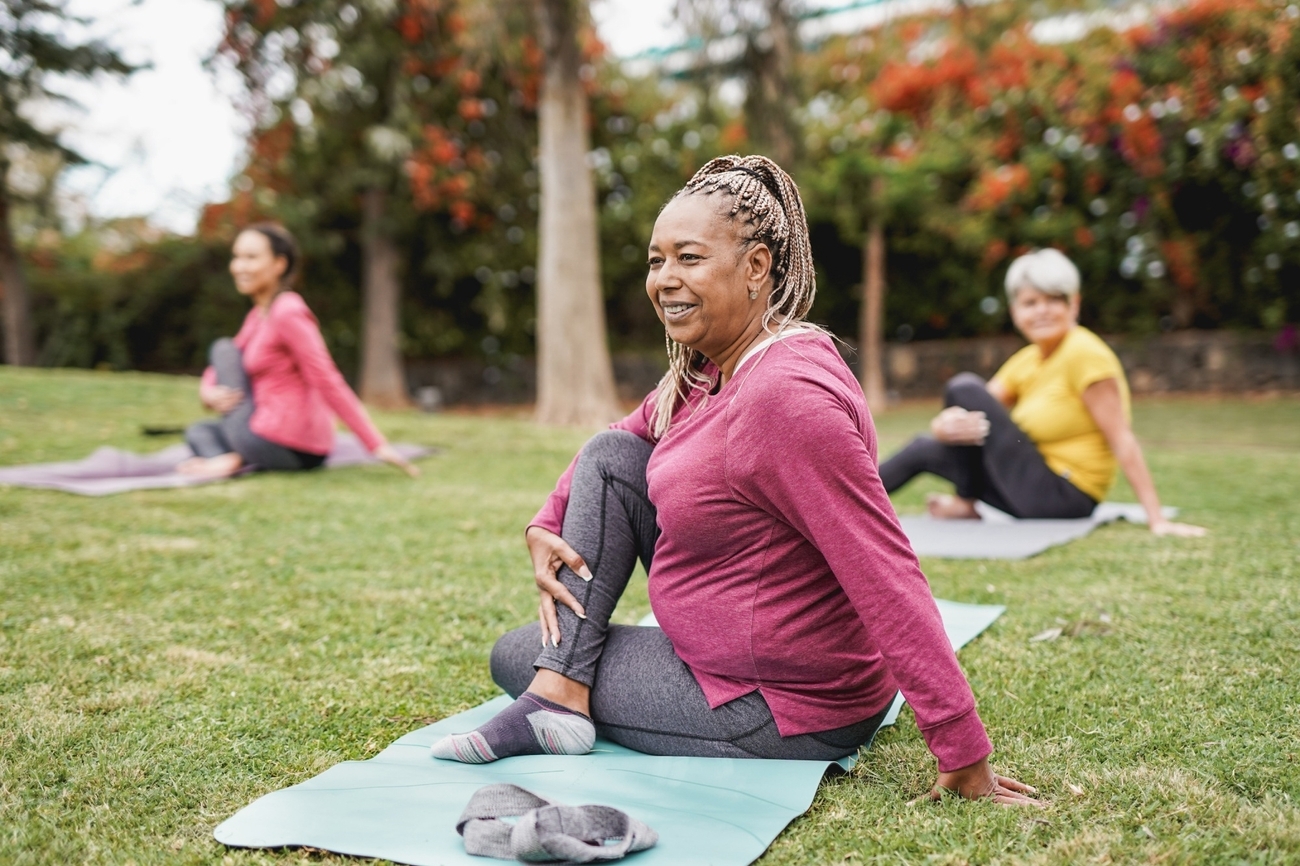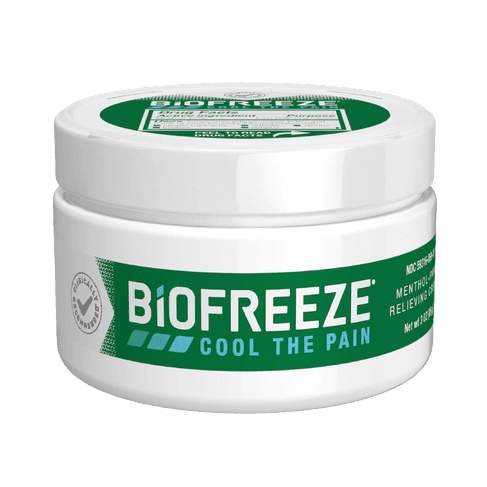Easy Application
Easily Covers Small & Large Areas
Colorless

This article has been medically reviewed for accuracy
Muscle and joint pain belong to a larger category of common pain conditions affecting the muscles, connective tissue, and bones of a body, known as musculoskeletal pain1A.
The musculoskeletal system includes all the physical structures of the human body that help support body weight and facilitate movement.2A This system includes the bones, muscles, ligaments, joints, tendons2B, and other connective tissues.
Because all these components are so connected and intertwined, joint pain can be mistaken for muscular pain, and vice versa.
This guide covers how to tell the difference between joint and muscle pain, and the common causes, symptoms, and treatments of muscle and joint pain.
Joint pain is pain or discomfort that affects the joints, which may include3:
Some of the most common joints prone to joint pain are the knees, hips, and spinal joints.4A,5A
A contributor to chronic joint pain5C, overuse injuries cause repetitive stress and microtrauma7 to joints and components surrounding joints, which causes joint pain.
Bursitis is one example of this. It’s a condition caused by overuse of a particular joint.8A It results in painful swelling, irritation, and inflammation8B of a bursa, which is a fluid-filled sac located between bones in a joint. It tends to occur in the knees, shoulders, elbows, hips, and feet8C.
For more information on the symptoms and treatment of upper back pain check out our guide here.
Risk factors that may contribute to joint pain5D include:
Muscle pain describes pain affecting a muscle,9A,10A a group of muscles, or tendons. Tendons are the connective tissues that attach muscle to bone.
The six major groups of skeletal muscles 11are:
All of these muscle groups are prone to muscle pain due to injury, repetitive stress, or other reasons. 9B
Common causes for muscle pain include acute soft-tissue injuries that tend to resolve with enough rest and treatment with at-home remedies. Below are common injuries that cause muscle pain.
A muscle strain, also known as a pulled muscle, involves stretching a muscle beyond its normal ability12 This causes tears in the muscle fibers, resulting in pain.
Physical inactivity conditions the muscle into becoming immobile and weak16. However, beyond directly impacting the weak muscle(s) itself, surrounding muscle groups have to overwork to compensate for the weak muscle17. This can in turn lead to overuse injuries and muscle pain.
For example, weak abdominal muscles can cause the back muscles to work harder,18A In order to support upper body weight. Constant overuse of the back muscles can eventually lead to chronic back muscle pain and back muscle strain18B.
See our guide on what causes lower back pain and how to treat and relieve it here.
The following may increase your risk of developing muscle pain:
Essentially, situations where you are overusing a certain muscle or physically overexerting your body and muscles, may increase your risk of developing muscle pain. These factors can also increase your risk of the pain turning chronic (long-lasting).9C
So, all that said, what is the actual difference between joint pain and muscle pain?
In terms of how the pain itself feels, the distinguishing factor between joint and muscle pain is the location of the pain within the affected area. Muscle pain can be felt deep within the flesh, and may affect one specific muscle or group9D, or be felt all over. Joint pain, however, is felt at the bone or immediately surrounding a joint.5E
We’ll take a closer look at the symptoms of these two types of pain below.
Easy Application
Easily Covers Small & Large Areas
Colorless
Non Greasy
Easily Covers Small & Large Areas
Easy Application
Here are some common symptoms you might experience with joint and muscle pain:
Joint pain in common weight-bearing joints, such as the knees, hips6E, and spinal joints, tends to be easier to identify because of where they are located.
Other symptoms you might experience with joint pain5F include:
Mild cases of muscle pain should self-resolve within a few weeks20C.
Joint injury recovery tends to be longer-term21 than muscle pain recovery (not including chronic muscle pain), however, both muscle and joint pain can benefit from similar pain relief treatments.
Muscle pain can be alleviated with rest and some physical movement10B, while simply resting is great for joint pain.
Over-the-counter pain medications, such as ibuprofen, can temporarily ease muscle or joint pain22, but it is recommended that you speak with your healthcare provider for more information.
Topical pain relievers, such as Biofreeze topical pain products, are another option for temporary muscle and joint pain relief. These pain relievers are applied to the skin for penetrating pain relief.
Biofreeze topical products feature menthol, which provides a cooling sensation23 and pain relief for sore muscles and joints24.
If your muscle or joint pain is due to an injury, physical therapy may help to restore strength and normal movement or function through a variety of stretches and exercises. 26
This article has been medically reviewed for accuracy


Easy Application
Easily Covers Small & Large Areas
Colorless
Non Greasy
Easily Covers Small & Large Areas
Easy Application
